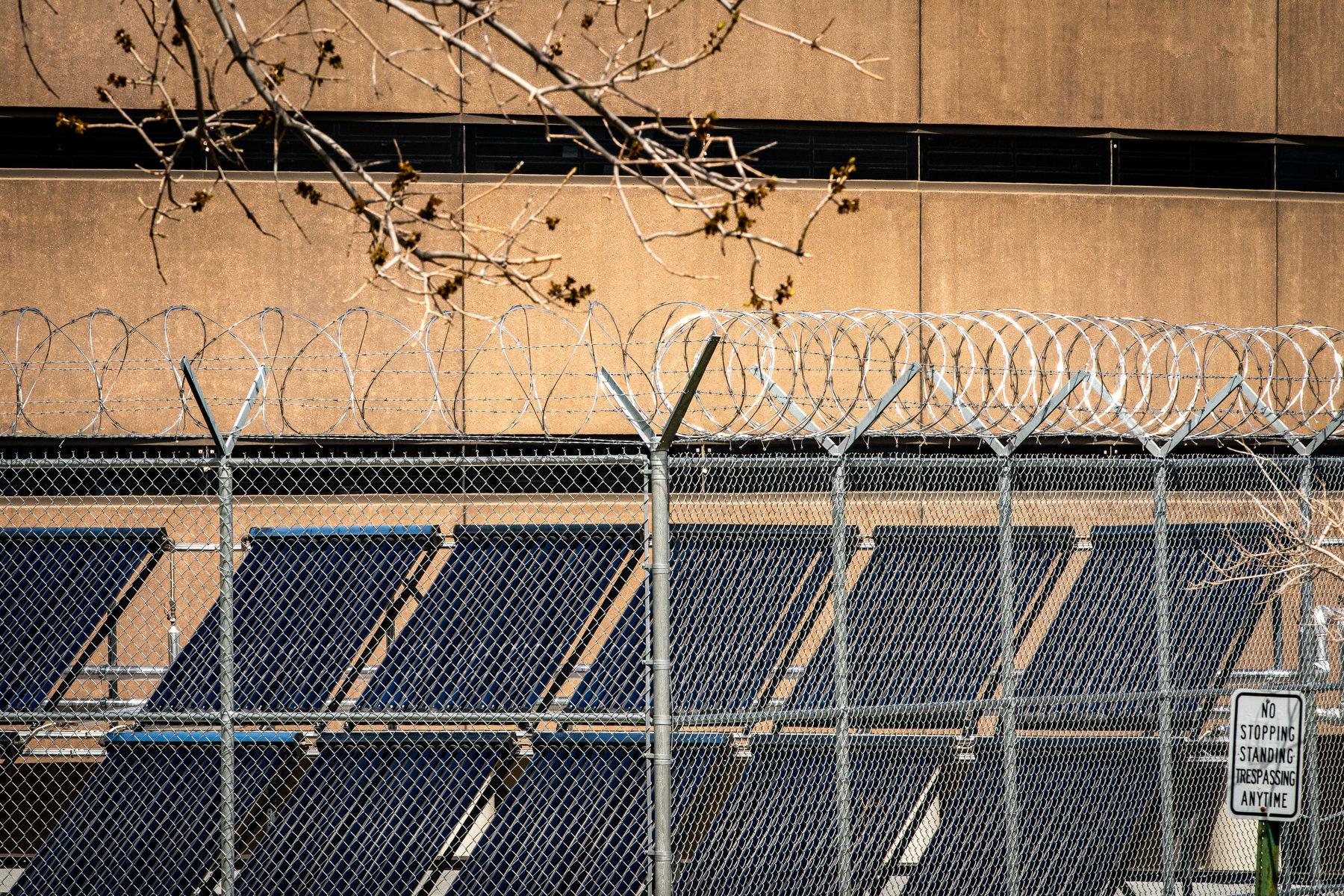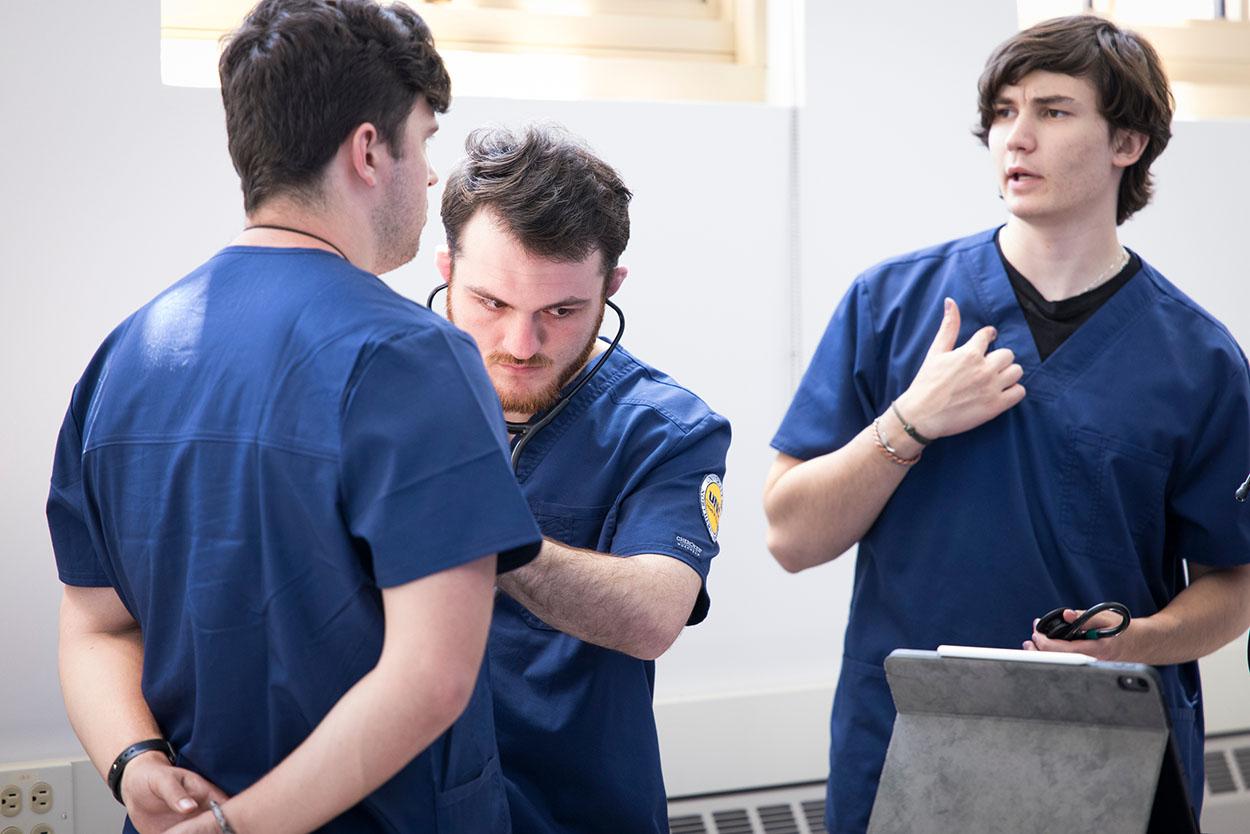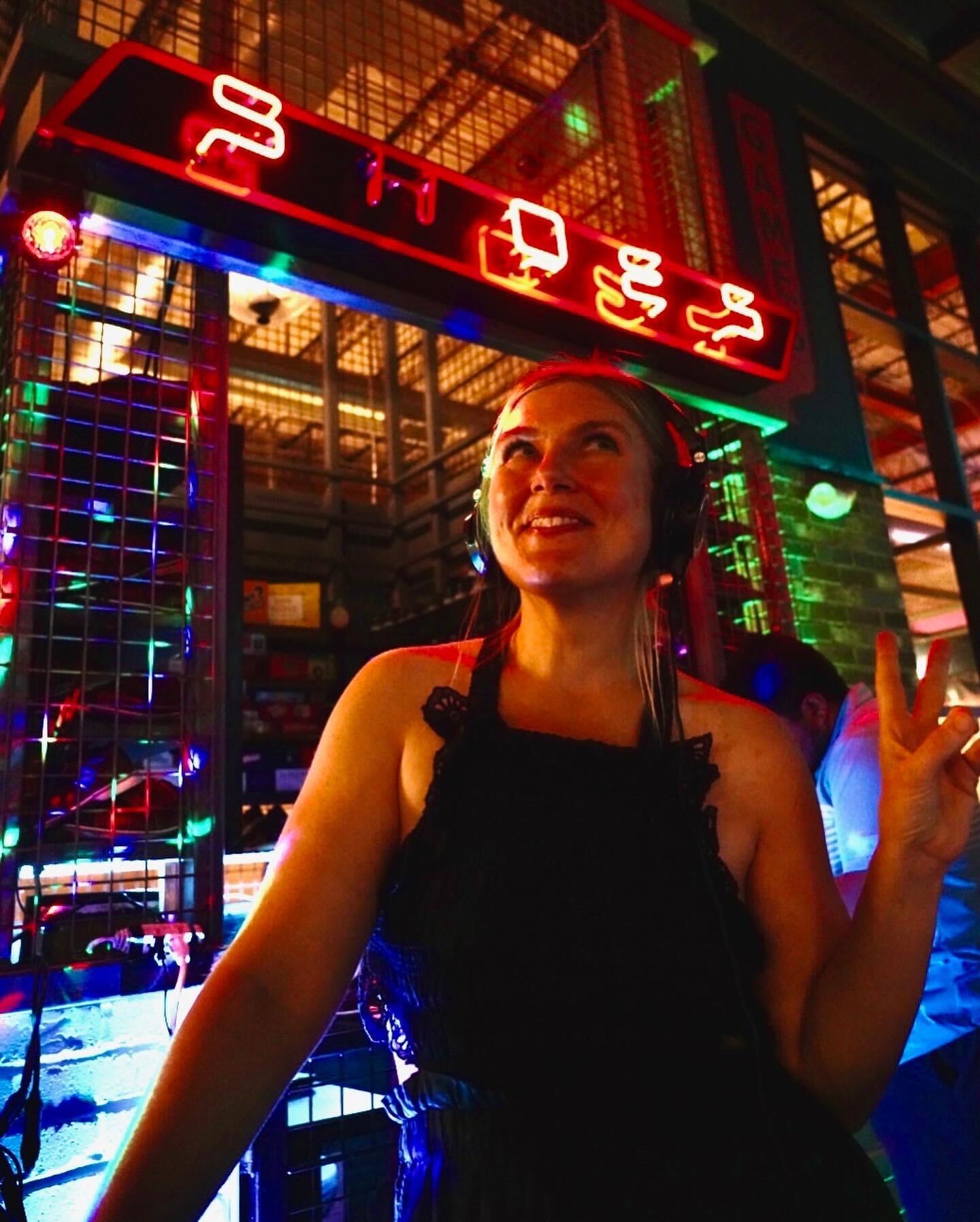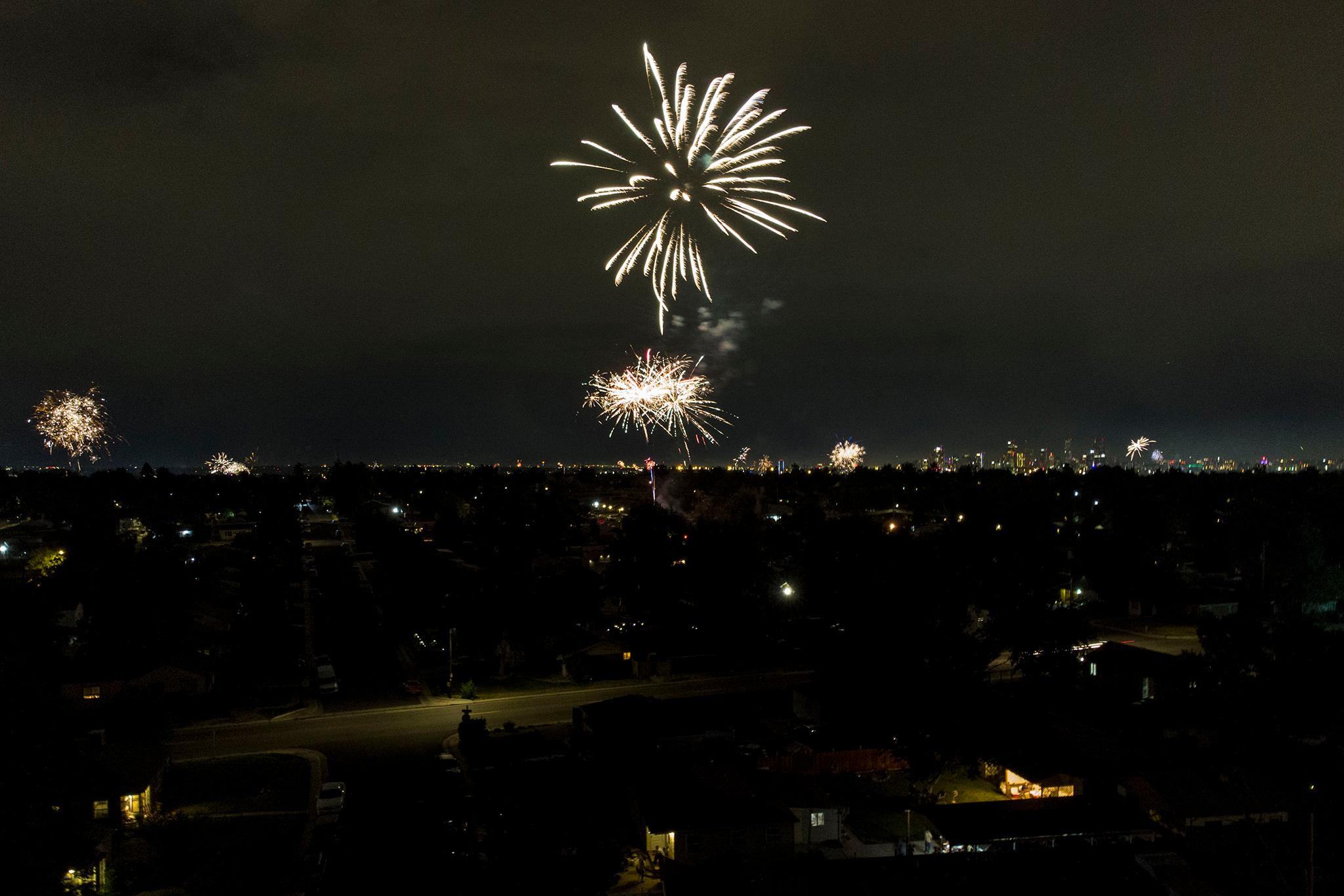
State officials responsible for protecting children say that guards at the state’s long-term juvenile detention facilities have increasingly relied on physical violence and restraints inside the facilities, and that they have received 70 complaints in the last year alone from youth about excessive force.
The Child Protection Ombudsman of Colorado said in an alarming new report that incarcerated youth have reported abusive treatment and misconduct from staffers guarding the youth detention facilities run by the Colorado Department of Human Services.
“When I look at these videos, it takes your breath away. It literally is so disturbing,” said Stephanie Villafuerte, the state’s Child Protection Ombudsman. “In one video, I saw three grown men who easily were 170, 180 pounds a piece, take down a kid that couldn't have weighed more than 120 pounds, take them down to a hard tile floor, slam their heads down, put their hands behind their backs.”
And the Ombudsman’s office says they have a hard time fully investigating these complaints or conducting investigations because the video surveillance inside doesn’t have any audio — something considered a barrier to state investigators.
Surveillance videos that include audio are needed, Villafuerte said, because staffers often justify use of force techniques with something an incarcerated youth says, but because no one can hear anything when reviewing those incidents, it’s hard to figure out what happened, the report said.
Plus, the guards and other staffers inside youth detention facilities do not currently wear body-worn cameras, like law enforcement officers across Colorado are required to do.
“The perfect world is to have full information before we make any policy decisions,” Villafuerte said. “We can frankly blame youth because they're more violent than ever before. We can blame staff because they're not properly trained. We can make all sorts of assumptions about what the solution to a problem is. But if we don't actually have evidence, like physical evidence, of the problem, I don't know how we ever intelligently diagnose it.”
The report details an incident in August 2023 in which a staff member moved to physically restrain a 13-year-old and forced him to the floor and the youth’s face slammed into a metal doorframe. The impact resulted in a gash on the youth’s face that required several stitches to close. The conclusion of that justified use of force was that the youth made “verbal threats” moments before.
Another incident in October 2022 said that a youth being monitored after receiving a concussion was physically restrained after, the staff said, the youth made verbal comments that warranted such a response. The youth reported to the ombudsman that the staff was antagonizing him with racist language, the report said.
Anders Jacobson, the director of the Division of Youth Services, which runs the youth detention facilities across the state, said he has studied other states’ uses of surveillance footage with sound and he is on board to bring that into his facilities — if he can find the money.
“We think it’s a good idea to have the enhanced video if we can get that and certainly the audio,” he said. “We think it would be beneficial both for youth and staff to have that additional surveillance in our youth services centers.”
Youth of color have reported to the Ombudsman’s office that they often deal with staff using racial slurs and language “to provoke them,” according to the report.
Black youth represent 38 percent of those who were physically restrained, but they make up 23 percent of the youth centers’ population, the report said.
Officials from the Ombudsman’s office have met with the Division of Youth Services several times over the last two years and they often expressed concerns about the adequacy of the surveillance system.
Officials at the detention centers say requiring staff to wear body-worn cameras with audio “do not align” with the trauma-informed approach they are working to maintain. Several years ago, state lawmakers moved the youth detention facilities from the state’s Department of Corrections, which manages adult prisons, to the state Department of Human Services. Because of that shift, the staffers are not required to be certified as peace officers, nor do they see themselves as a part of “law enforcement.”
They wear plainclothes, Jacobson said, and they have stayed away from body-cameras so the youth trust them more than the police.
Villafuerte is incredulous at the reasoning.
“If youth know that staff could be using excessive force and they live with that day in and day out … that probably causes more trauma and impediment to their healing,” she said. “I think there is tremendous trauma that we don’t even recognize … To say a camera is going to make a huge difference in how these kids perceive their environment is a bit narrow.”
State lawmakers in 2020 required all law enforcement agencies and the Colorado State Patrol to issue body-worn cameras to their officers in specific settings. The state Division of Criminal Justice estimates $5 million has been spent providing these cameras to every law enforcement agency across the state.
That didn’t include staffers and guards at the youth detention facilities.
“The Child Protection Ombudsman believes that this model provides a framework for a similar process to be done in the state’s 15 youth-servicing facilities,” the report said. “The priority for youth safety would dictate that we do so.”
The Division of Youth Services policy allows for staffers to use physical force and protective devices, but the policy notes that they may only be used in an “emergency and after the failure of less restrictive alternatives.”
Staffers there determine when an emergency exists and whether the youth is determined to be a serious, probable or imminent threat of bodily harm to themselves or others.
Between March and August last year, 465 youths experienced a restraint technique approximately 4,615 times — one youth may have experienced multiple restraint techniques within that five-month period, the report said.
Jacobson said that in the last several years, his staff and guards at the detention facilities have seen an increasing number of incarcerated kids with severe mental health problems, substance abuse problems and with violent tendencies.
“It’s increased in complexity,” Jacobson said, noting the crimes young people commit and behavior they come in with has been more difficult to handle. “But we understand that’s how we have to build our system to deal with that. And there will be times that young people will act out and our staff need to be trained to deal with that emergency.”
Villafuerte doesn’t disagree that staffers could be dealing with more trauma and complex problems than in years past, but she doesn’t know how to diagnose what is going on without the full picture of what happened in those critical moments.
She is charged with investigating complaints and violence against youth, and she worries that the people presenting the information are on one side of it all, like a proverbial fox guarding the henhouse.
“All of us are operating on less than full information,” Villafuerte said.
She also worries that if wrong or misleading information is shared about a youth’s behavior, it has the potential to hurt their futures at a young age.
“Those records follow a youth into their court proceedings, those records follow them into their parole proceedings, and so if a youth is determined to be violent, they need to be restrained and there is no finding or evidence to the contrary, that very well impacts their future. It’s super important to think there are multiple systems depending on this really flawed foundation that determine a youth’s future.”









